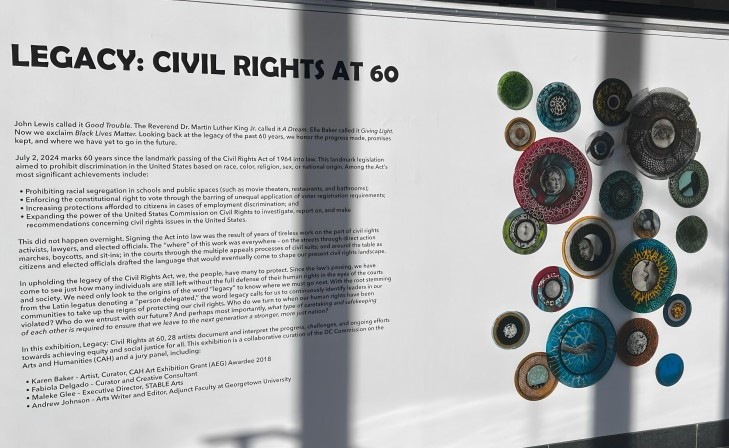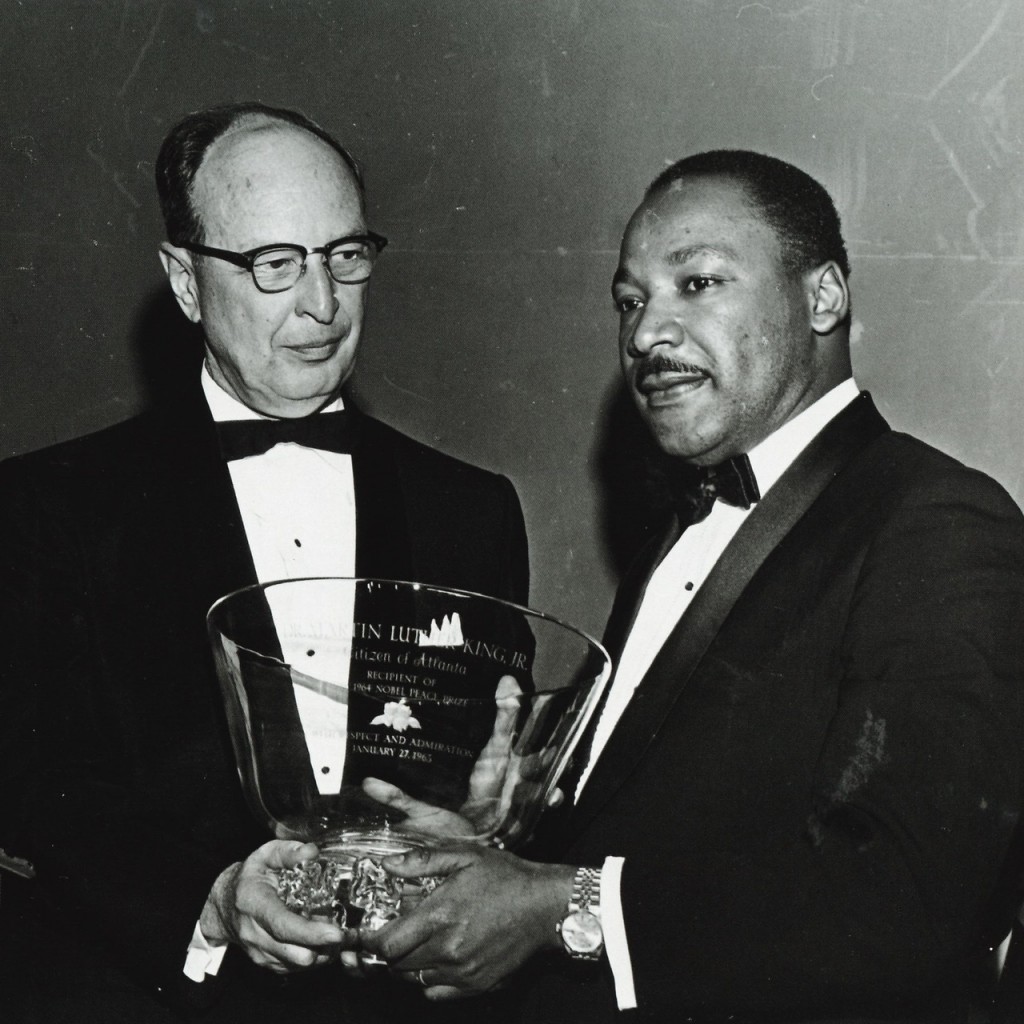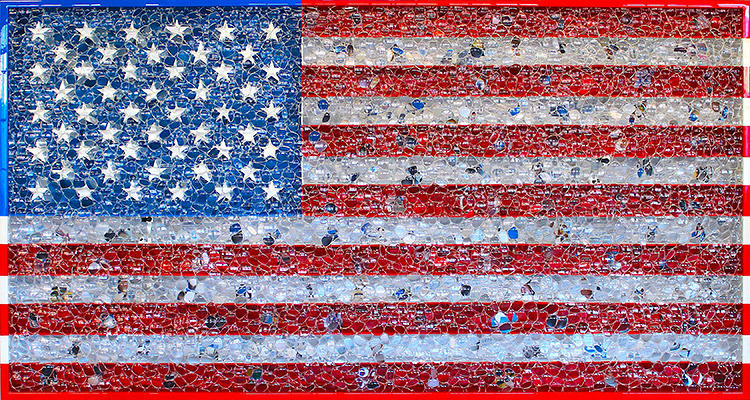The DC Commission on the Arts and Humanities (CAH) is commemorating the 60th anniversary of the passing of the Civil Rights Act of 1964 through Legacy: Civil Rights At 60. This juried exhibition explores how DC artists have been influenced by this landmark legislation, which aimed to prohibit discrimination based on race, color, religion, sex, or national origin. By visually depicting the material, personal, and direct-action work of the past 60 years, this exhibition is a call to continue pursuing equity and social justice both locally and nationally. The exhibition is a collaborative curation of the CAH and a jury panel including: Karen Baker, Artist and Curator; Fabiola Delgado, Curator and Creative Consultant; Maleke Glee, Executive Director, STABLE Arts; Andrew Johnson, Arts Writer and Editor, Adjunct Faculty at Georgetown University.

Installed in the gallery are the works of:
Ann Bouie, Anna U Davis, Antarah Crawley, Anthony Le, Antonia Tricarico, Ashley William, Briget Hunnicutt, Connor Czora, Cooper Joslin, Darlene Taylor, Denise Wright, Esther Iverem, Gail Rebhan, Gail Shaw-Clemons, Imar Hutchins, Julio Valdez, Kandace Davis, Karen Ruckman, Kofi Tyus, Lauren Emeritz, Mark Kelner, Mary Belcher, Michael Janis, Paula Stern, Rickie Dean, Roderick Turner, and Sally Canzoneri
FY 2024 Juried Exhibition Grant Exhibition
January 12 – March 1
Monday to Friday, 9 am – 5:30 pm
200 I (Eye) Street Gallery SE
The gallery is free and open to the public
Monday to Friday, 9 am – 5:30 pm
Exhibition Reception Friday, January 12 from 6 – 8 pm
CAH is an independent agency in the District of Columbia government that evaluates and initiates action on matters relating to the arts and humanities and encourages programs and the development of programs that promote progress in the arts and humanities. As the designated state arts agency for the District of Columbia, CAH is supported primarily through District government funds and in part by the National Endowment for the Arts, a federal agency.




